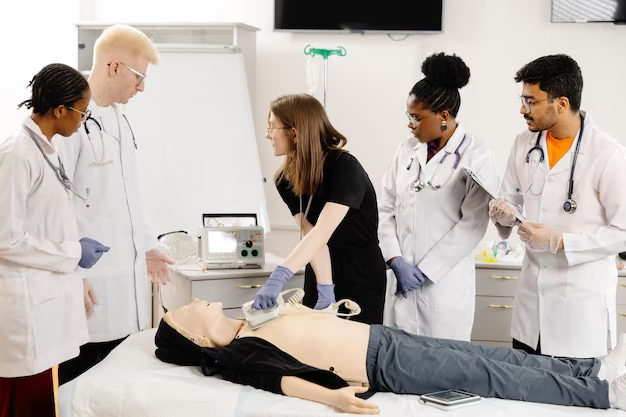How to Become an AHA CPR Instructor: Degrees, Certifications, and Training
Becoming an AHA CPR Instructor is a rewarding path for those passionate about empowering others with life-saving skills. While it's not necessary to hold a specific degree to start this career, having a background in health sciences can be highly beneficial. Prospective instructors must first become certified in the American Heart Association's (AHA) Basic Life Support (BLS) for Healthcare Providers CPR/AED course. After mastering these essential skills, candidates need to complete the AHA Instructor Essentials Course, designed to teach adult learning principles and effective instructional strategies.
Engaging in additional formal education in areas such as emergency medical services, nursing, or health education can further enhance an instructor's knowledge and increase credibility. It's important to consider pursuing various certifications related to first aid and emergency response, as these can broaden your instructional scope and appeal to diverse learning groups.
Essential Paths to Becoming an AHA CPR Instructor
- 📜 AHA Basic Life Support (BLS) Certification
- 🎓 Degree in Health Sciences or Related Field (Recommended)
- 📘 AHA Instructor Essentials Course
- 💼 Additional First Aid & Emergency Response Certifications
- 🚑 Experience in Healthcare or Emergency Services (Advantageous)
These steps lay a solid foundation for a fulfilling career as an AHA CPR Instructor, equipping you to educate others in crucial, life-saving techniques.

Related Topics
- Becoming Dental Hygienist
- Becoming A Phlebotomist
- Dental Hygienist Duration
- Dialysis Tech Timeline
- Dialysis Technician Timeline
- Flight Paramedic Duration
- Hygienist Timeline
- Become Lab Tech
- Mammography Tech Timeline
- MRI Technologist Duration
- Nurse Technician Timeline
- Pathologist Assistant Timeline
- Pediatric Sonographer Timeline
- Pharm Tech Timeline
- Pharmacy Technician Timeline